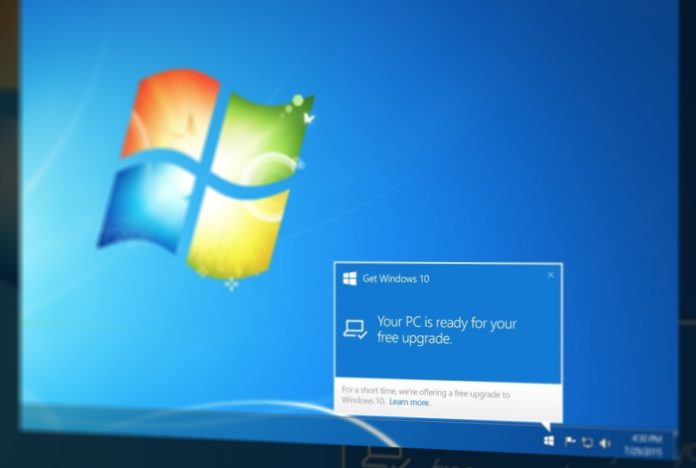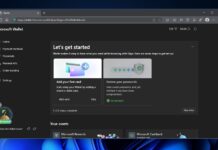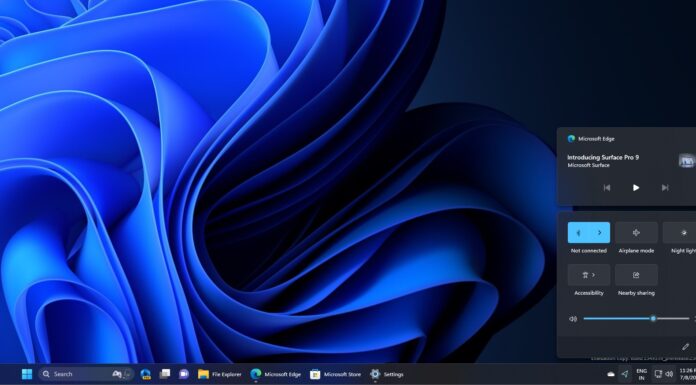On Tuesday, Microsoft began rolling out Windows 7 KB4480970 which reportedly broke the network settings on some systems. According to various reports from forums, Windows 7 KB4480970 is causing network issues on some computers.
If you install the January 2019 cumulative update on your Windows 7 device which is on a network that uses SMBv2, you will experience unexpected network connectivity issues.
A thread on system administrators sub Reddit revealed that the SMBv2 could not be connected anymore after installing this patch. The admins with networks using SMBv2 shares are reporting the bug.
“Jesus… 3 customers called my office this morning because they were no longer able to access their shared folders. Took me way too long to find a solution. Deleting the update KB4480970 did the trick,” a user reported in Reddit discussion.
Windows 7 KB4480970 and KB4480960 causing SMBv2 network issues
By the looks of things, both the monthly rollup KB4480970 and security-only KB4480960 breaks networking in Windows 7. After installing January 2019 patches, you may not be able to access the shared networks.
“We’ve ran into the same issue on a Windows 2008 R2 server. We also cannot authenticate with our TFS server hosted on the same box,” another user noted who later confirmed that removing the patch fixed the issues. The users have also documented the problem on Twitter.
KB4480970 which is the Jan 2019 roll up for Windows 7 is causing lots of issues with SMB shares. Just FYI for any IT folks out there dealing with sharing issues today.
— Andrew M (@AgentPleb) January 9, 2019
‘The Handle is Invalid’ error on Windows 7
The admins have discovered that the update is interfering with the network over the SMBv2 file-sharing protocol. This Windows 7 issue throws STATUS_INVALID_HANDLE error when working with the SMBv2 connection.
In a thread posted on Microsoft’s TechNet forum, users are reporting that KB4480970 causes issues on the Windows 2008 R2 Server. The report also revealed that uninstalling the update fixes the problem.
While the network connectivity should be restored after uninstalling the patch, removal of the updates will also rollback the January 2019 security patches.
According to a Reddit user, you can run a command in elevated command prompt to modify the Windows Registry and address the problem. You should do this only if the system hosts the share.
As per another Redditor, this command could stop UAC from stripping admin groups from your token when connecting to remote shares and it may be a potential security issue.
Open Command Prompt with administrator privileges, and run the following command:
- reg add HKLM\SOFTWARE\Microsoft\Windows\CurrentVersion\Policies\system /v LocalAccountTokenFilterPolicy /t REG_DWORD /d 1 /f
- Reboot your PC.
If you’re not willing to do this, you can uninstall the update. However, this will remove the security patches which addressed a PowerShell flaw and added extra mitigations for Meltdown and Spectre side-channel attacks.
According to the changelog, both the monthly rollup and the security-only update include a fix for a security vulnerability in session isolation hitting PowerShell remote endpoints. Additionally, you can no longer configure PowerShell remote endpoints to work with non-administrator accounts.
It also includes changes to protect against Speculative Store Bypass for AMD-based computers. If you still want to proceed, here’s how you can remove and temporarily hide the January 2019 updates.
How to fix the SMBv2 issues caused by Windows 7 KB4480970
- Open Windows Control Panel and navigate to Program and Features > Installed Updates page which lists all recently installed updates on the system.
- You can browse the listing manually and find the update KB.
- Once located, right-click it and select uninstall from the context menu.
- Windows will uninstall the update.
- Reboot PC and you’ll be able to access the network once again.
You can also block this update from being downloaded and installed automatically again. To do this, open Windows Update in Control Panel, locate the update and right-click to hide it.
At this point, it’s not yet clear how many devices are affected by this issue, but considering the number of complaints from administrators on Reddit, there are many customers experiencing it.
At the time of writing this story, Microsoft hasn’t shared any workaround to deal with this glitch.
On a related note, Windows 7’s support will end in one year. The operating system will stop receiving the monthly cumulative updates after January 2020, so customers have around 12 months to begin planning the migration.
Are you also experiencing network issues after installing the latest Windows 7 updates? Let us know in the comments below.
Disclaimer: The article is completely based on Reddit and forum posts. Windows Latest makes no claims, guarantees about the accuracy or completeness in this article or linked pages, and shall not be held responsible for anything we say in this article.


























